The war that never ends continues.
We also do a play reading or two, usually Lysistrada which anonymous has abridged for the class room and adapted to the University of Sydney context with topical references to cafeteria food and college life. The props are a baby and a bag of gold. A pillow for the first and someone’s bag for the other.
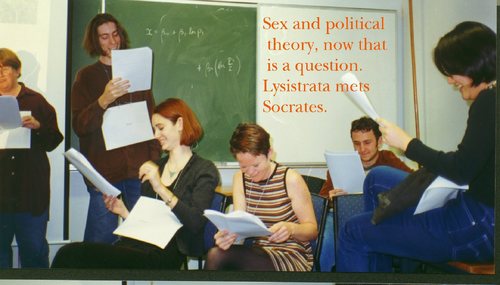
The above picture is from the 1990s.
My web research has also shown that there is a board game of the war the never ends. Boys and their toys. These are some of the board pieces I guess.
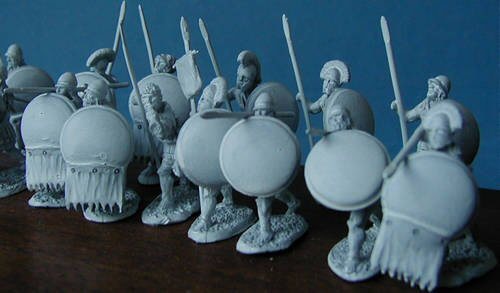
Though the Spartans opted for war they showed no hurry to make it. It took nearly a year to raise the army and march. And when it finally left for the campaign, Archidamas, one the generals, said he feared that this war would be passed on to their children; he was right.
A fragment from Thucydides.
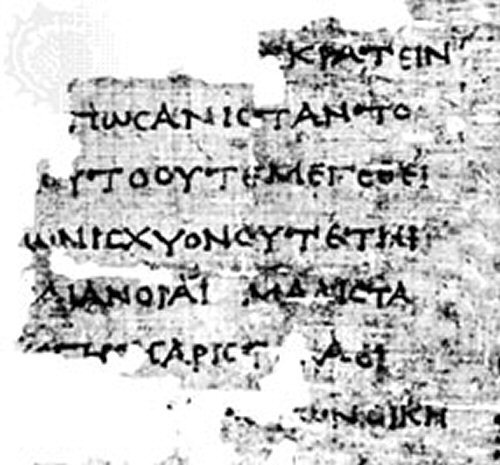
Thucydides manuscript, 3rd century BC (Hamburg, Staats- und Universitätsbibliothek). Again many years later.
Thucydides is a great, but a serious reader should also try Donald Kagan’s four volume study of the war. The volumes are
The outbreak of the Peloponnesian War,
The peace of Nicias,
The Archidamian War, and
The fall of the Athenian Empire.
This is same Donald Kagan who comments on the Iraq War today.
They are meticulous and argue several points with Thucydides himself. Also highly recommended is A War like no Other by Victor Hansen.
Any edition of Thucydides will do. I usually teach from the Penguin because it is cheap and available. That is the strength of Penguin classics. This is an old translation that still shows its Cold War roots. Moreover, as is company policy it translates the text for short attention span readers who do not know anything. Anachronisms abound. My favorite is reference to call-girls, a term which I believe is associated with the telephone.
A representation of a Spartan warrior near Marathon.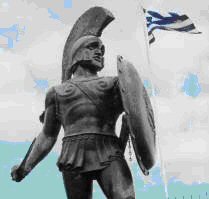
When I think of Sparta I also think of Isaac Asimov’s I, Robot and its portrayal of a society with forty robots to serve each citizen. This was about the ratio of helots (slaves) in Sparta, an inherently unstable situation. Well maybe not 40:1 but 10:1. One of the reasons the Spartans were so warlike was to frighten and subdue this population of slaves.
For more on Sparta have a look at http://www.amazon.com/gp/product/B0001KNHTA/imdb-adbox/ A three part television documentary.
I didn’t get much out of it but a lot of other people have.
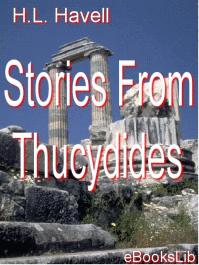 Stories from Thucydides is a retelling of his history. It is a free download from Project Gutenberg http://www.gutenberg.org/etext/9074 but why read a retelling and not the real thing!
Stories from Thucydides is a retelling of his history. It is a free download from Project Gutenberg http://www.gutenberg.org/etext/9074 but why read a retelling and not the real thing!
To be continued.
